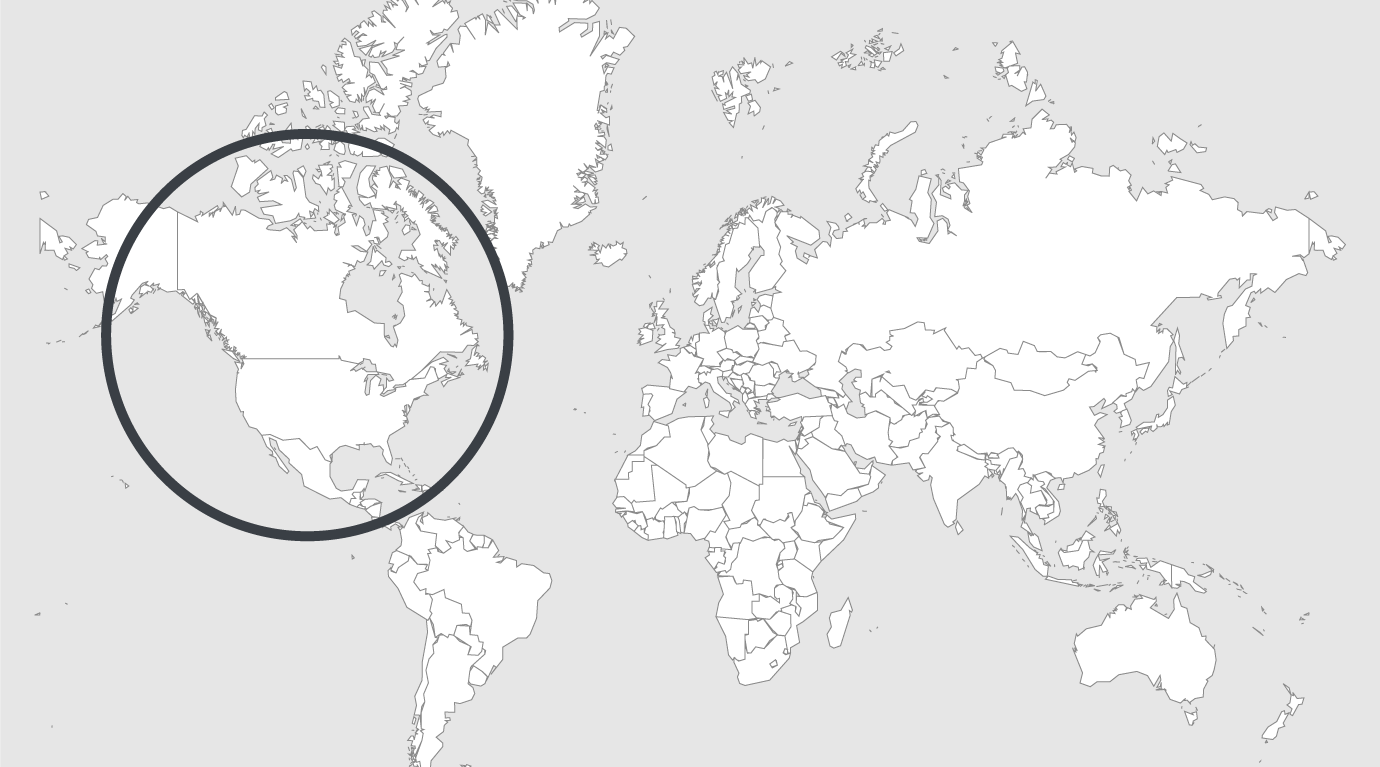
Explore
USA: mass incarceration no more?
There’s good news on a subject usually associated with the social ills of the United States: incarceration.
According to newly released Justice Department statistics, the prison population fell 1.4 percent in 2016, to 1,505,000. That is a decline of almost 7 percent since the prison population hit an all-time high of 1,615,500 at the end of 2009.
The overall incarceration rate - the number of people in state prison or municipal jails per 100,000 population - has declined since 2009, too, and stood at 670 by the end of 2016, marking lowest rate in two decades. Perhaps most significant, the broadest indicator of the public’s involvement with the criminal-justice system, the share of the population that is either in prison or in jail, on parole or on probation, has declined substantially as well. In 2016, 1 in 38 adults were under one of these forms of “correctional supervision”; 10 years earlier, the figure was 1 out of every 31.
The usual caveats apply: The U.S. incarceration rate remains high, relative both to levels in the 1970s, before the “age of mass incarceration,” and to levels in comparable societies elsewhere in the industrial world. A disproportionate share of the recent decline in the prison population is accounted for by a single state - California - which faced a Supreme Court ruling in 2011 requiring it to reduce prison overcrowding. And racial disparities in incarceration remain, with blacks and Latinos overrepresented compared with their share of the overall population. Yet that problem, too, in less bad than it was. The Pew Research Center reported this year that the number of African-Americans incarcerated fell faster than the number of whites between 2009 and 2016. The number of blacks in federal and state prisons exceeded the number of whites by 47,100 at the end of this period, down from a difference of 94,800 at the beginning of it.
Read full article.
